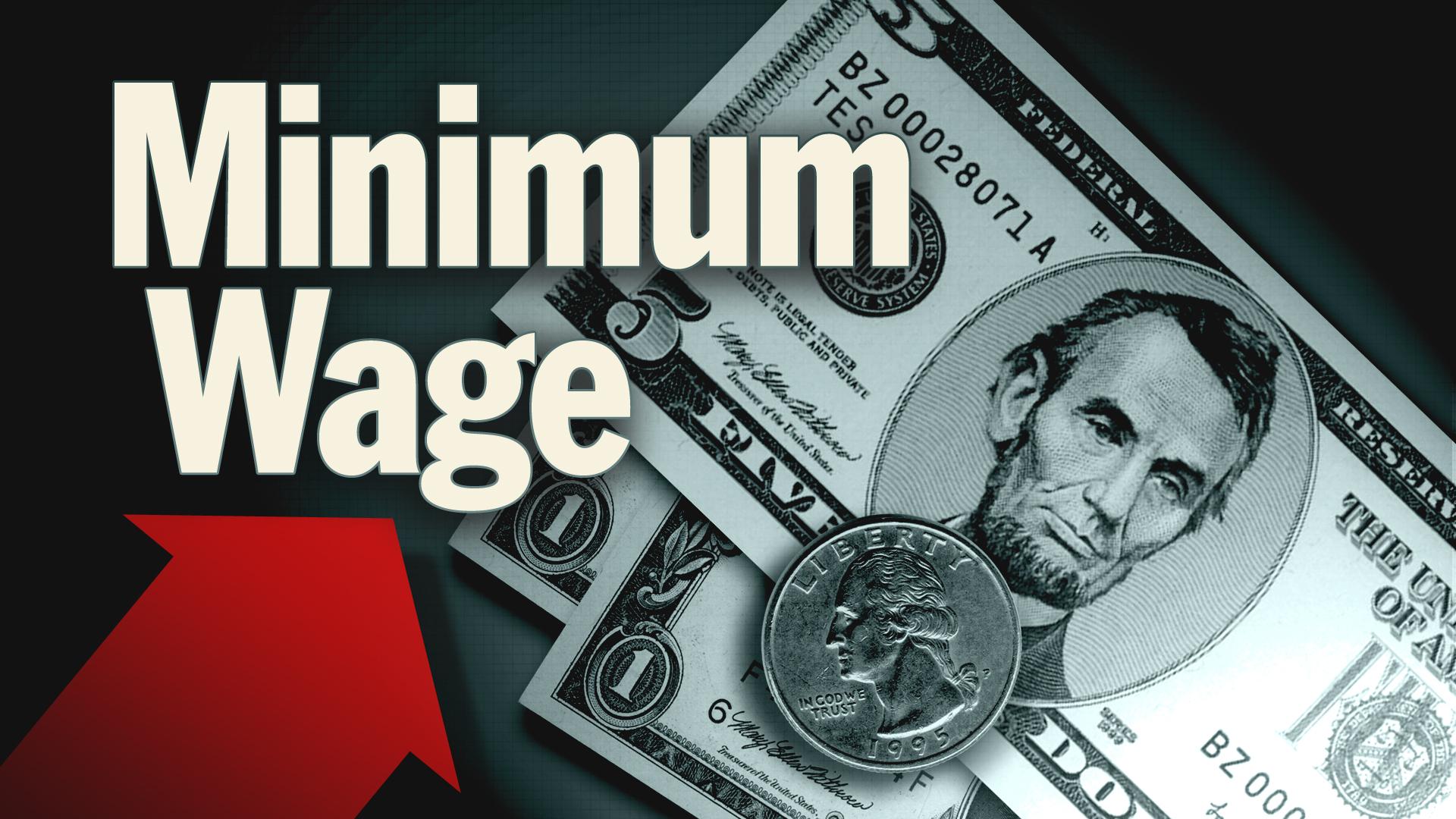6 Ways Restaurants Can Deal With Winter Weather
/It's hard enough running a restaurant in calm conditions, but kitchen life can get extra difficult when things get ugly outside. Now that we've weathered winter storm Jonas, here are six ways to protect your business when the next weather emergency hits:
- Prepare for action in case power goes out. Extreme weather puts extreme stress on the electricity grid. If you have access to a back-up generator, prepare it for action. Most of the time, the generator won't run the entire restaurant so know which systems to keep alive and which to keep dark. Make sure to hook the generator to the walk-in box first. If your power is out for a significant period of time, you could lose food. Protecting that investment and ensuring food safety is the priority. Moving food from your reach-ins to the walk-ins will give you some extra protection.
- Make sure battery back-up systems are usable. If your power goes out, any programmable system without a battery back-up will need to be reset. That could include timeclocks for defrost and lighting systems. Equipment with dead battery back-ups will lose programming. Example: A wall-mounted thermostat that hasn't been checked on in a while. If the back-up battery is dead, the thermostat won't function correctly when the power comes back on. You'll have to reset it, so check thermostat batteries as well as all of your time clocks.
- Have emergency lighting systems in place. When the lights go out, the kitchen – loaded with hot equipment and slippery floors ‑ can become dangerous. Ensure your emergency lighting systems are in working order and have plenty of flashlights.
- Be diligent about personal safety. In a storm situation, emergency services are stressed to the max so be extra careful about fire safety. Keep your grease filters clean and double-down on staff safety. Keep egress in and out of the building clear and be careful of ice above and below the doors.
- Shut off your equipment. Kitchen appliances, such as convection ovens, use a combination of gas and electricity. When the power goes off, the electric side will stop, but the gas could continue to flow. The same can be true of electric solenoids that control gas flow in your exhaust hood. If there are problems with safety systems when the power comes back on, the gas valve might work, but the pilot lights might not. Make sure all appliances are turned off if power goes down.
- Maintain equipment before storms hit. Take care of deferred maintenance items on your checklist before storms hit. Poorly charged refrigeration systems, water heaters that haven't been blown down in a while, HVAC units with clogged filters and uninsulated water lines are big gambles. If service technicians can't get to your restaurant in a storm, you could face trouble. If you have broken ductwork above the ceiling, a poor air balance that keeps your doors from shutting, or an economizer that is stuck open, you will waste energy and gobble up the profits you make selling hot chocolate and Irish coffee!












